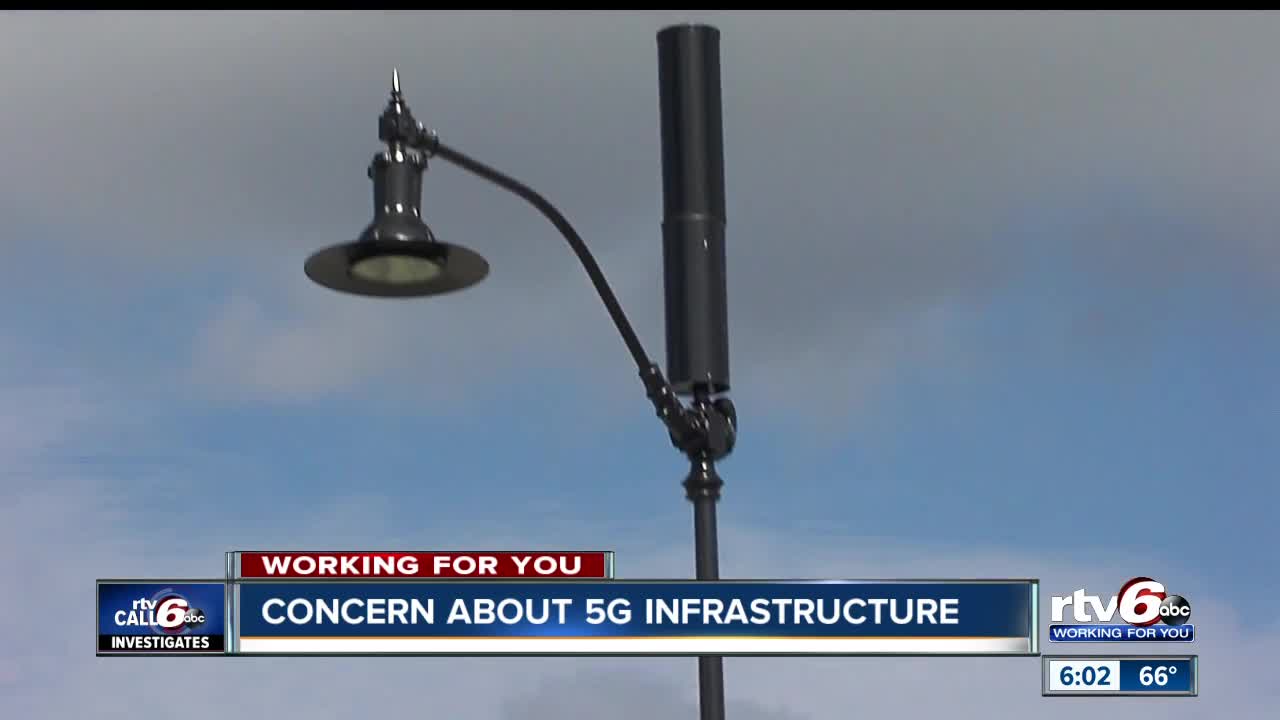If you've ever eliminated through a metropolis, you've probably seen smaller micro 5G cellular towers on streetlight poles. These look like little boxes, yet they transmit cordless signals from cell carriers to the phone.

These smaller systems are gradually having the place of bigger, purpose-built mobile towers. Although these people are less noticeable, they might nonetheless create difficulties for individuals.
Radiation Exposure Thresholds Set with the FCC
The Radiation Direct exposure Thresholds established by the FCC illustrate the safe length at which a person may be exposed to electromagnetic radiation from wireless devices. The particular exposure restrictions depend on scientific evidence that RF energy may impair human well being.
The specific absorption rate (SAR) is a measurement regarding how much radiofrequency energy tissue absorbs. A typical worth is 1. 6th watts per kg, averaged across one gram of cells.
Yet, since 5g transmits at increased frequencies, it has the potential to boost the intensity involving radiation on typically the skin and also other immediately exposed parts of the body. This specific has the potential to cause a broad variety associated with negative consequences, like the worsening of skin area illnesses such since dermatitis, skin malignancy, and cataracts.
Due of the potentially severe consequences of 5G radiation, PSU offers opted to inflict an over-all localized energy density restriction associated with 4 mW/cm2 proportioned over 1 cm2 for all those 5G services at 3000 Gigahertz, never to exceed 30 minutes. The maximal spatial-average SAR of 1. 6 W/kg averaged across just one g of tissue at 6 GHz is consistent along with this confined restrict.
Maximum Exposure Thresholds Set by the FCC
Should you have ever used a cellular phone, you're most likely aware that some sort of safe distance from the tower are at least 400 feets. This is credited to the simple fact that the sending strength of any cellular tower rises significantly as you get farther away by it.
Although this particular seems to be an excellent idea, the particular fact is those who live close to towers may end up being more prone to health concerns. A 2014 research in India, for example, found that residents living within fifty meters of mobile towers had a lot higher health issues as compared to those living a greater distance away from typically the antennas.
Yet, faraday cage hats found that will inhabitants who migrated to regions more away from cellular towers had a come back to normalcy within a day or two. Additional research offers shown that prolonged experience of high levels of radiofrequency electromagnetic fields (EMFs) may possibly lead to malignancy, brain tumors, and other health concerns.
This kind of is due in order to the fact that RF radiation, which in turn is utilized for wi-fi communication, has the capacity to penetrate the human system's outer layer, skin. This is significant for the reason that skin will serve as a defensive barrier against mechanised damage, infection by simply pathogenic bacteria, in addition to hazardous chemical transmission. It is furthermore the biggest body in the human being body and is also inside charge of guaranteeing the integrity of the other organs.
Minimum Exposure Thresholds Set by the FCC
The Least Exposure Thresholds established by the FCC are based upon various assumptions that are not supported by scientific data. They include the incorrect notion that immediate RF radiation publicity is secure owing in order to little penetration straight into the body (i. e., tissue heating).
The assumption also overlooks the deeper penetration of revised RF signals' ELF components, as effectively as the influence of brief bursts of heat by pulsed RF dunes. These assumptions will be inconsistent with existing knowledge of the biological effects of RF rays and really should not end up being utilized to set in place health-protective exposure degrees.
Moreover, the ICNIRP and FCC confine their maximum direct exposure limits to neighborhood peak SARs according to peak spatial specific absorption rate (psSAR), which is a great insufficient dosimetric technique for evaluating the particular degree of RF radiation exposure. From frequencies over six GHz, psSAR is certainly very incorrect. In addition, psSAR will not be examined in conjunction together with other environmental elements for example sunshine. faraday cage hats between RF the radiation and other environmental factors could have antagonistic or perhaps synergistic effects. faraday cage hats would boost the likelihood of negative health impacts. Co-exposure to RF radiation in addition to sunshine, for example, may raise the particular risk of pores and skin cancer and worsen other skin conditions like as acne.
